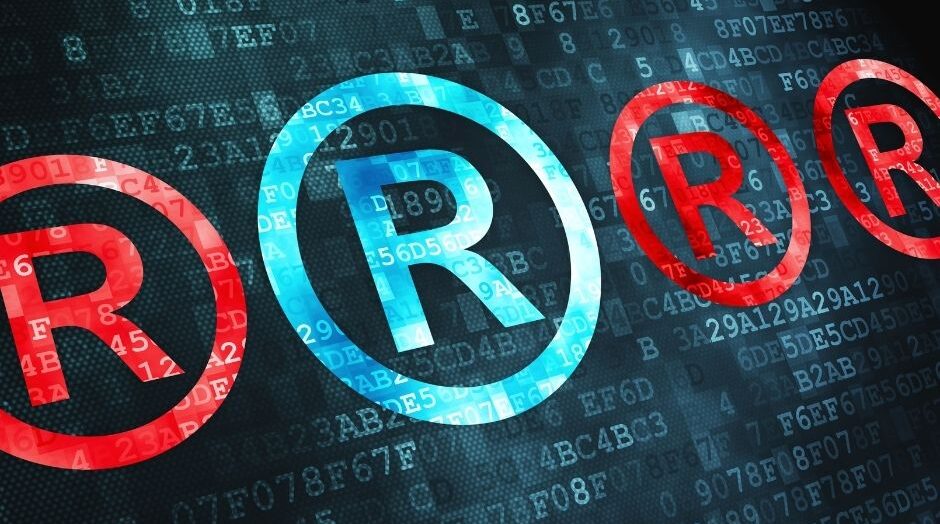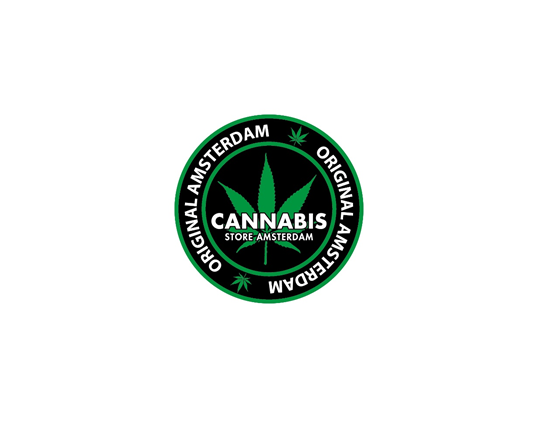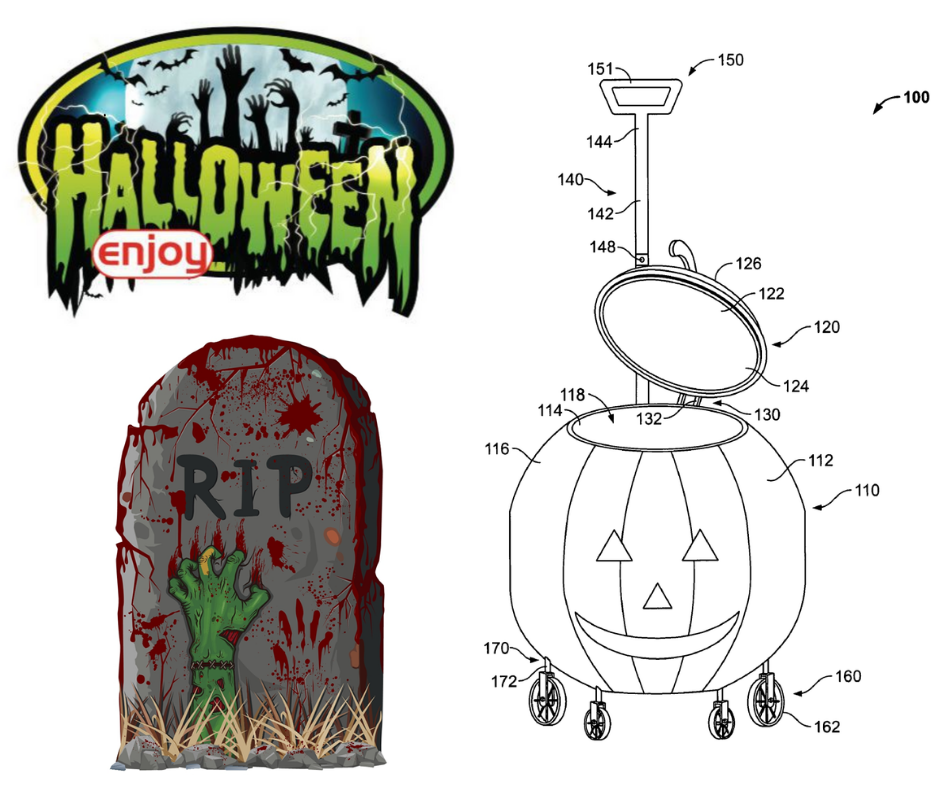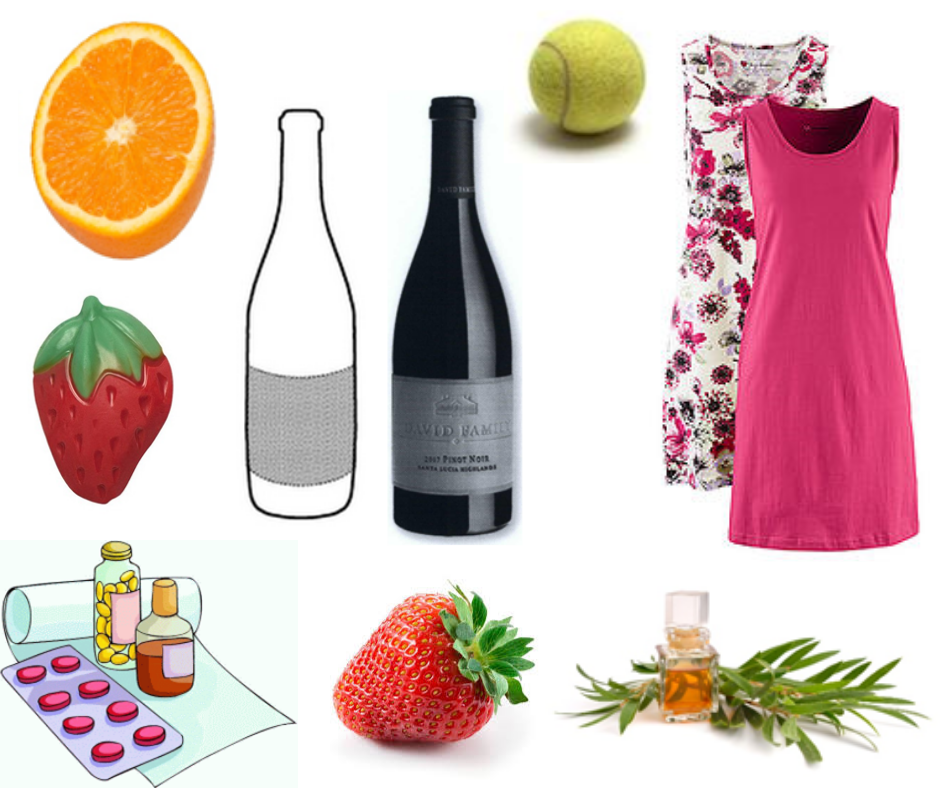Can XOXO be registered as a trademark? The Court of the European Union decided that it cannot. Is it a further step of getting the practice stricter and stricter in the scope of assessing registrability of signs?
A little bit of history, namely what is the meaning of „XOXO”?
If this text is being read by the fans of the TV series “Gossip Girl”, they will undoubtedly know the abbreviation XOXO. For those who are not so familiar with the series, I would like to explain that XOXO stands for “kisses and hugs” (which can simply be translated into Polish as “buziaki i uściski”). The expression XOXO is usually used at the end of an SMS, email or other text message. The meaning of “kiss” attributed to the letter “X” probably has some Christian roots. According to Oxford English Dictionary, in this meaning “X” was used for the first time in a letter of an English clergyman – Gilbert White, which happened as early as 1763. On the other hand, the attribution of the meaning “hug” to the letter “O” remains to be unknown.
The judgment of the Court of the European Union concerning XOXO
By virtue of a judgment of 13th May 2020 issued in the case no. T503/19, the General Court stated that the designation XOXO is descriptive in respect of such goods as cosmetics, perfumes, spectacles, jewelry, leatherwear, clothing or the services consisting in selling the aforesaid goods, and consequently XOXO cannot be registered as a trademark.
Descriptiveness, or in other words the lack of distinctive character, simply means that a given mark, which is intended for the marking of particular goods or services, directly indicates the nature of these goods or services (for example, one cannot register the trademark “RED APPLES” for the marking of apples).
Arguments in favor of the rejected application
In the appeal against the decision of the European Union Intellectual property Office (EUIPO), the owner of the applied trademark argued among others that there had already been previous XOXO trademark registrations, which had been accepted by the EUIPO. Consequently, there arises a puzzling question, which I have also tried to answer myself – why was this particular trademark denied registration?
The assessment of distinctiveness is among others made on the basis of the date of application (which allows to determine the relevant legal state binding on the filing date) and with reference to the applied goods and services.
In order to be able to understand the general standpoint of the EUIPO and the General Court, I have prepared a table containing a summary of the applied and registered XOXO trademarks, presenting the respective dates of application and registration, as well as the goods and services, for which the marks were destined [1].
| Application no. | Mark | Application date | Goods/ services in summary | Date of registration |
| 008254989 | XOXO | 28.04.2009 | Cosmetics; various apparatus and instruments; jewelry; leatherwear; clothing; advertising services [classes 3, 9, 14, 18, 25, 35]. | 11.12.2009 |
| 011260833 | xoxo | 12.10.2012 | Fruit preserves; beverages; sale of foodstuffs [classes 29, 32, 35]. | 28.10.2014 |
| 011956571 | XOXO | 27.08.2013 | Veterinary services; services related to agriculture, horticulture and forestry; [class 44]. | 30.07.2015 |
| 013308408 | XOXO | 29.09.2014 | Bathroom fittings; furniture; household utensils [classes 11, 20, 21]. | 26.03.2015 |
| 018050853 | XOXO | 04.06.2019 | Tobacco and tobacco products, smokers’ articles [class 34]. | 25.09.2019 |
| 018243775 | XOXO | 22.05.2020 | Software; entertainment services; dating services [classes 9, 41, 45]. | 18.09.2020 |
The application for the trademark XOXO no. 017086951, to which the discussed judgment refers, was filed on 16th November 2017.
What is also essential to note, the first trademark XOXO listed in the above table, which was applied and registered in 2009, belongs to the same holder, namely the company Global Brand Holdings, LLC. As regards the XOXO trademark application filed in 2017, one could assume that there might have been some changes in the scope of guidelines concerning the examination of trademark applications. However, if the examination practice had indeed been changed, why other undertakings in the years 2019 and 2020 were able to successfully register identical trademarks for different goods and services? Why XOXO is deemed to be descriptive in relation to cosmetics, perfumes, spectacles, jewelry, leatherwear, clothing and the related sales services, but not in relation to tobacco, software or dating services? It seems obvious that it is very likely that the term XOXO is used in dating services. Upon making assessment of the respective dates of application and registration of the above marks, it is difficult to determine clearly that a change of judicial practice has taken place.
What are the reasons behind the decision of EUIPO’ expert and the Board of Appeal?
EUIPO explains that the applied trademark would be perceived by the relevant public as a promotional statement, the function of which was to inform consumers that the goods were offered in order to express love and affection (the expression XOXO is used for the same purpose).
Secondly, the Board of Appeal of EUIPO found that the goods at issue in Classes 3, 9, 14, 18, 15 and 25 were typically offered as gifts and that, in that context, consumers would not perceive the sign associated with those goods as an indication of origin, but as a banal and merely promotional indication about feelings that those goods convey, namely love and affection. It therefore concluded that the mark applied for was devoid of any distinctive character within the meaning of Article 7(1)(b) of Regulation 2017/1001. The General Court agreed with this argumentation of EUIPO.
The Board of Appeal also rejected the Applicant’s arguments that: first, the mark applied for was not a word; secondly, the feelings conveyed by the mark applied for were not characteristics of the goods at issue; thirdly, the mark applied for was not banal; fourthly, several marks consisting of the letters ‘x’ and ‘o’ had been accepted for registration; fifthly, it was illogical on the part of the examiner to allow the mark applied for to proceed to registration in respect of a part of the services in Class 35 and to refuse registration in respect of the remaining goods and services (the application had not been rejected in whole); and, sixthly, the applied mark XOXO had already been used in respect of many of the goods at issue.
In the appeal, the owner of the applied mark also claimed that the Board of Appeal had infringed the principles of equal treatment and of sound administration, as according to the Applicant, the Board of Appeal disregarded EUIPO’s previous decisions, which granted its applications for registration of EU trademarks including the term ‘xoxo’. Global Brand Holdings, LLC also claims that the Board of Appeal erred in finding that one of the EU trademarks, of which it is the proprietor, was registered at a time when the term ‘xoxo’ did not have the same degree of repute as today, as the term ‘xoxo’ had the same repute when it was registered for the first time as an EU trademark as it does at present, since it had already been popularized by an American series for teenagers prior to the registration of that earlier mark. Global Brand Holdings, LLC adds that other EU and national trade marks containing the term ‘xoxo’ have been registered recently.
Moreover, the Applicant referred to the use that it had made of the mark applied for, and claimed that through such use the mark had acquired secondary distinctive character in the meaning of Article 7(3) of Regulation 2017/1001.
However, also these arguments have been rejected by the General Court.
It is difficult to stay calm when commenting the above judgment. As I see it, the judgment provokes discussion over the problem of a correct assessment of absolute grounds of trademark registrability, since it has demonstrated that too much depends on the examiner’s perception of the case. This in turn may unfortunately prove some inconsistency in the EU legislation.
[1] The table was prepared on the basis of data from the eSearch Plus database, status as on 30th Sept. 2020. All trademarks listed in the table are protected by granted protection rights.

Nina Zabielska (Jankowska) is a patent attorney in Trademark and Industrial Design Department at Patpol.. She is a graduate of e-business at the Warsaw School of Economics and a graduate of law at the Kozminski University. Contact with the author













